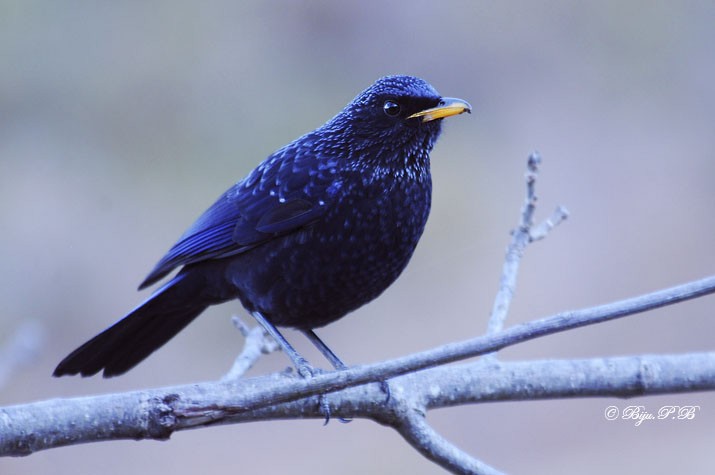GBBC 2019 has come to an end. During this four-day event, observers across India submitted 12083 checklists, recording a total of 773 species. India stood second in the world in terms of checklists, and third in terms of number of species.
Please upload any remaining lists by the end of February, so that we can compile a final summary, shortly after.
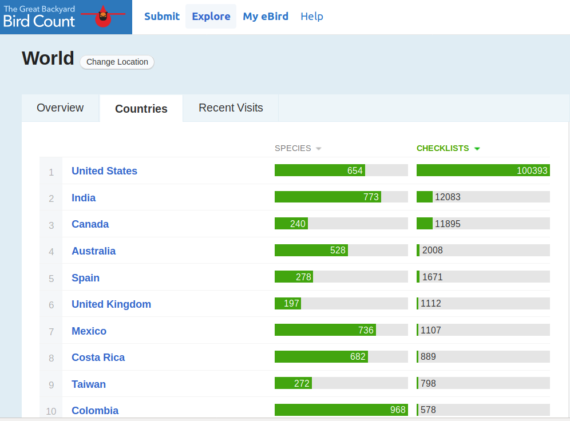
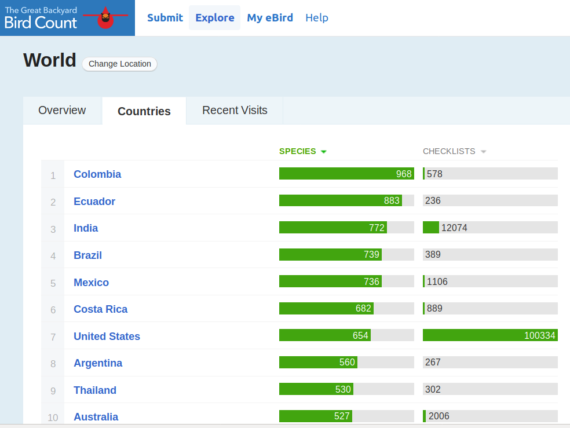
Over 1500 participants across 261 districts participated this year.
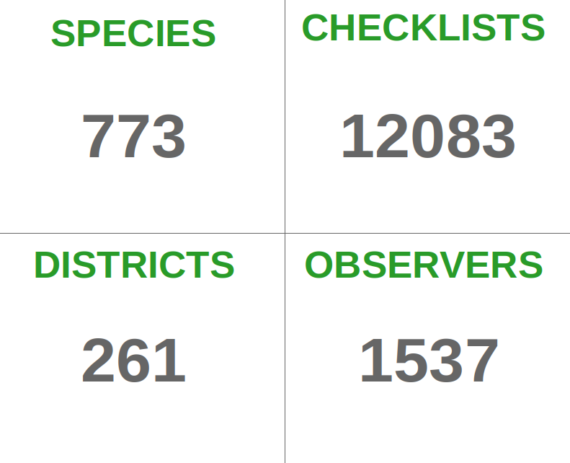
State-wise patterns across India:
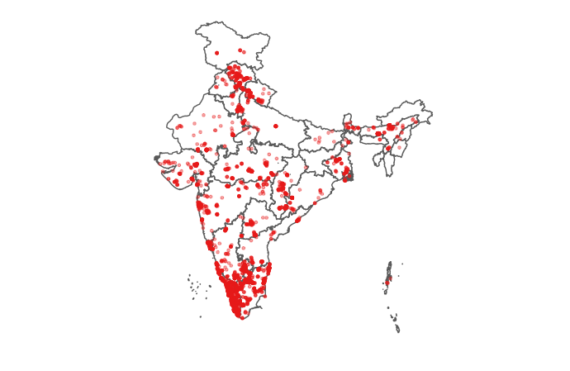
Locations of checklist submissions across India
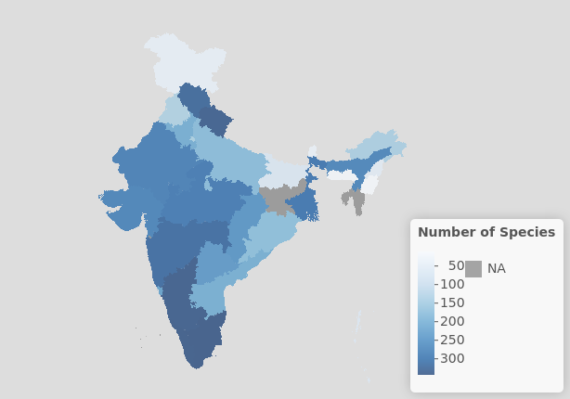
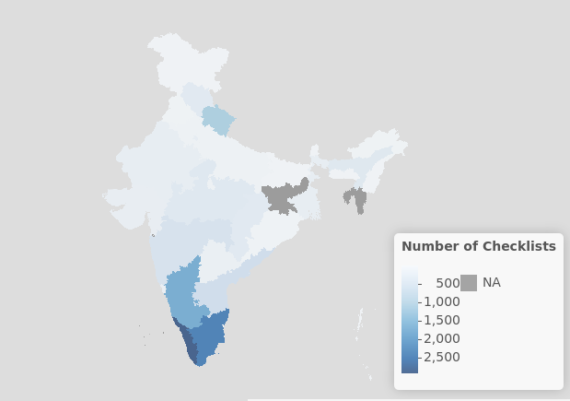
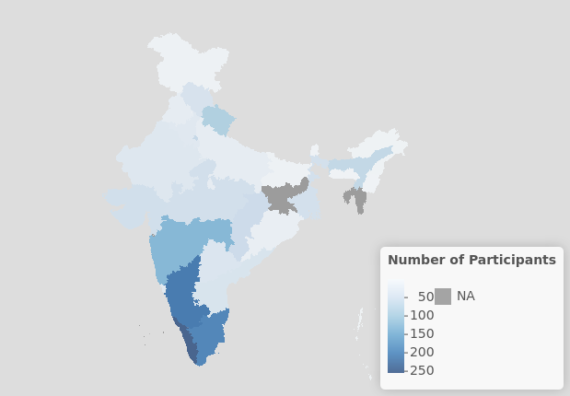
Over 250 campuses registered for the Campus Bird Count this year! Here are the top ten campuses in terms of number of species and checklists:
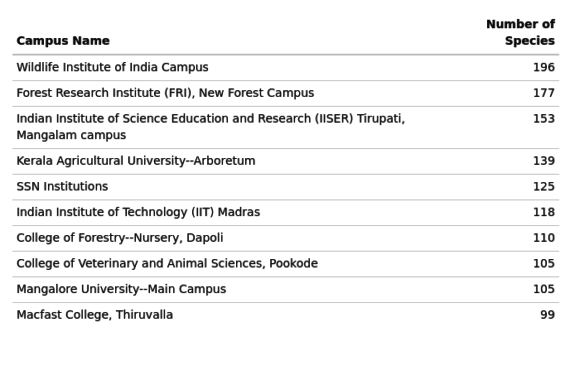
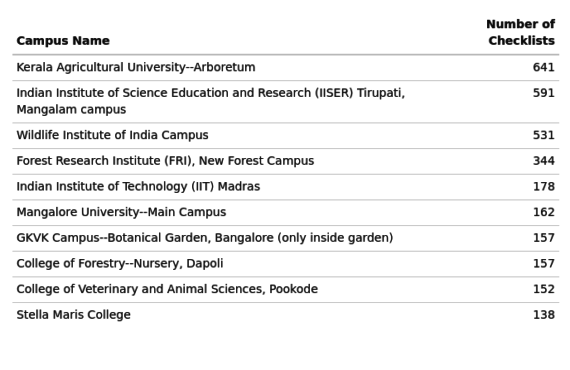
NB: the numbers on the GBBC live submissions site may differ somewhat from those presented here because of the time lag as well as slight differences in methods of calculation.
Banner image: Blue Whistling-Thrush, Biju PB/Macaulay LIbrary, from this checklist.

